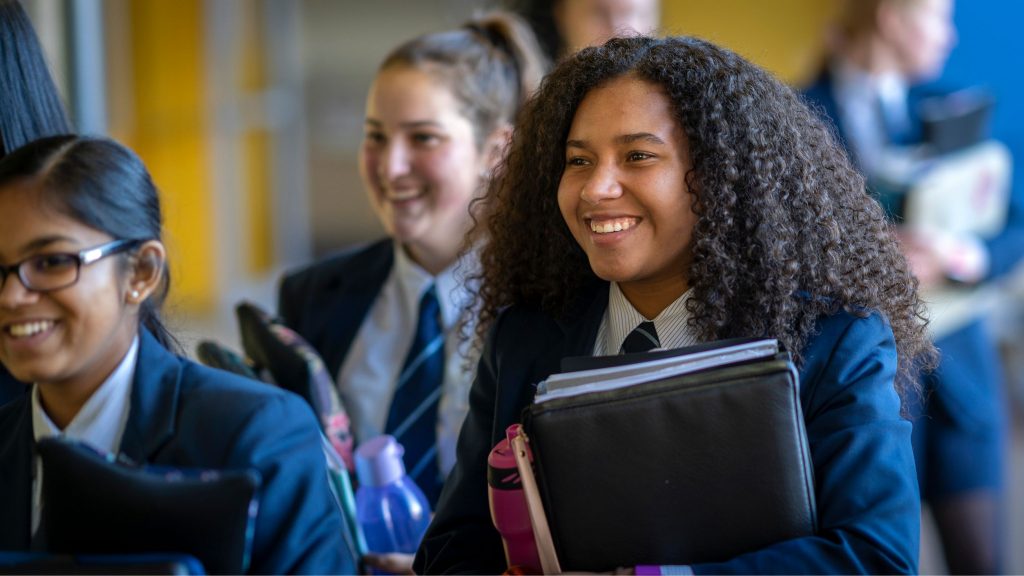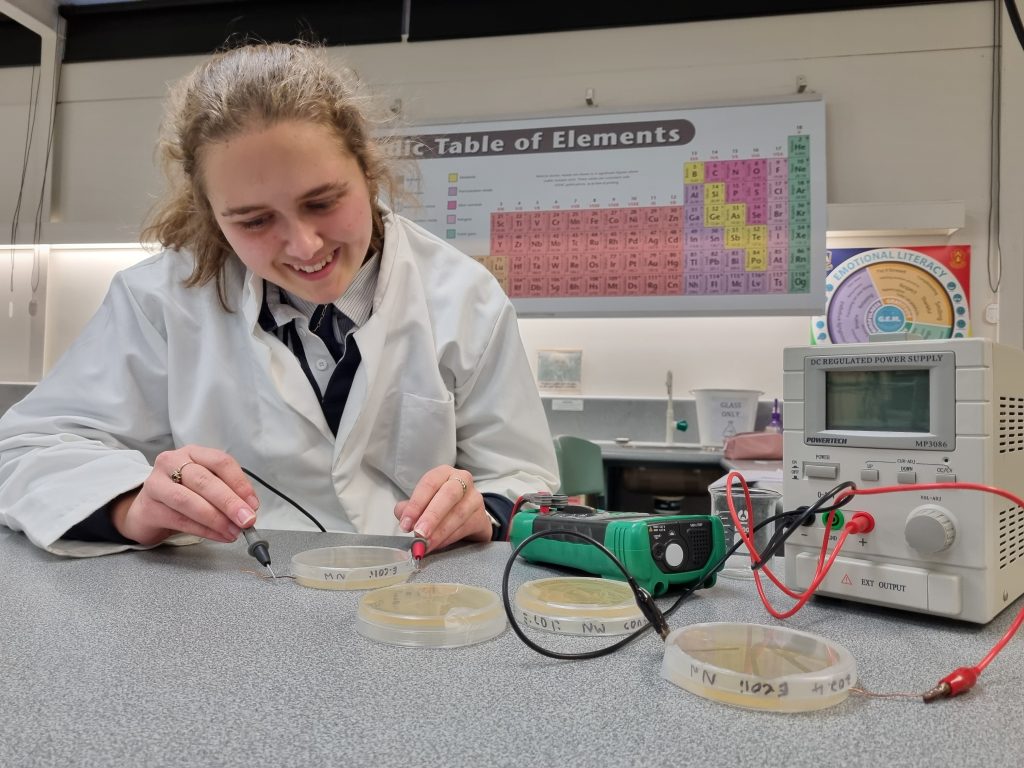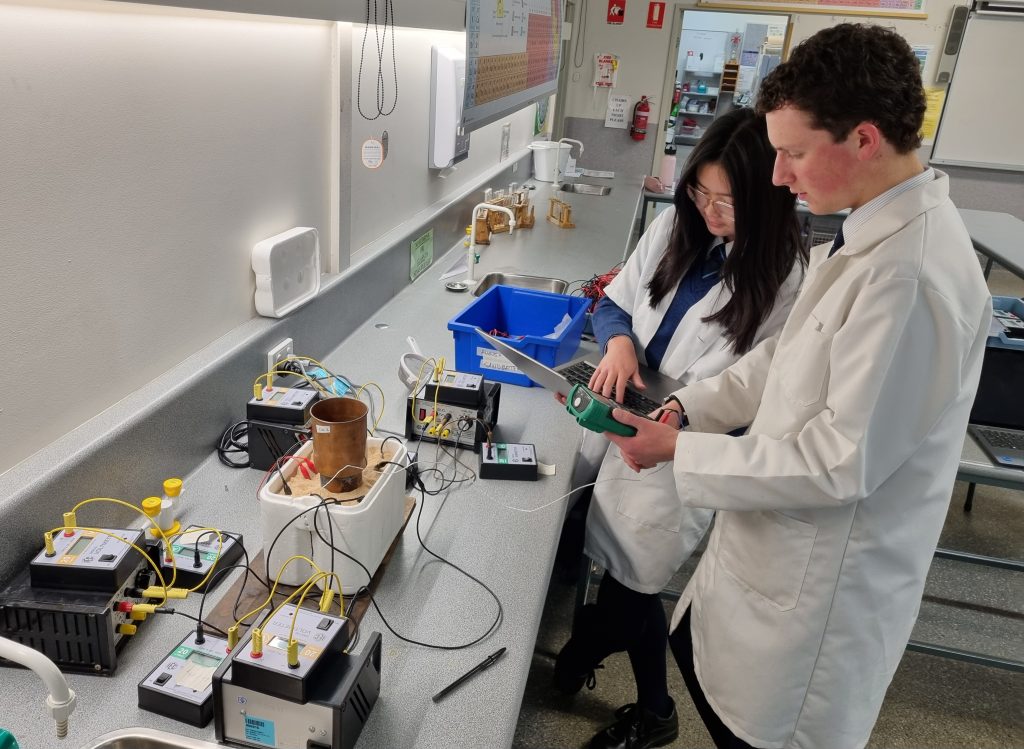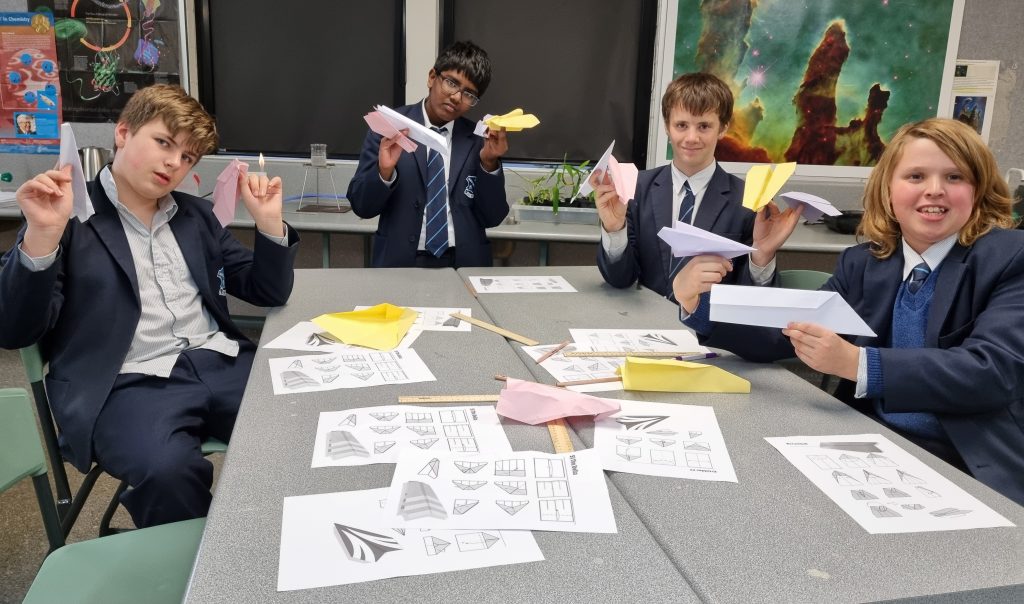

Marist STEM Club (every Thursday afternoon, 3 – 5pm) offers students of all year groups the opportunity to have a chat over afternoon tea, and to have fun exploring the world of Science and Engineering with like-minded peers. In the earlier months, students ‘skilled up’ in the practises of career scientists and engineers. Now, students are designing their own investigations into areas of personal interest.
Junior students Sam, Ravindu, Cooper, and Lucas recently investigated the relationships between paper plane shape and flight distance using a series of designs including The Glider, The Superdart, The Delta and The Eagle. The Superdart, with its streamlined shape, proved a winner!!
Intermediate students Angus and Kiki are investigating Thermoelectric Generation and the Sebeck Effect, a concept that explores the capacity of sand (SiO2) to act as a battery and energy converter, storing thermal energy and converting it into electrical energy. Phase 1 designs are showing promise, and with an action-research process of tweaking and retesting, Angus and Kiki hope to take an effective prototype to the BIG Science Fair in September.
Senior students Logan-Jack and Nichola are also working toward the 2024 Science Fair.
Logan-Jack is exploring how the disposal of organic matter (grass trimmings, etc) in waterways can influence water’s abiotic factors (like dissolved oxygen) and leave the water less capable of supporting invertebrate animal life. All too often, we see evidence of depletion of dissolved oxygen with dead fish species floating on water surfaces.
Nichola is exploring ways to overcome the emergence of antibiotic resistance in bacteria by finding alternate methods of control. She has been growing bacteria (denatured E Coli) and applying low-level electrochemical treatments delivered using copper electrodes. Her project is in the early stages, but it is hoped that E Coli can be readily controlled with electrical currents/potentials, reducing the number of colonies compared to untreated growth variables. The applications of successful outcomes are enormous and could lead to sterile environments (hospitals, dental surgeries, research labs, etc) being created by electrochemical and electrolytic means, all without the use of antibacterial/antibiotic agents.
Ms Ann Burke
STEM Coordinator





